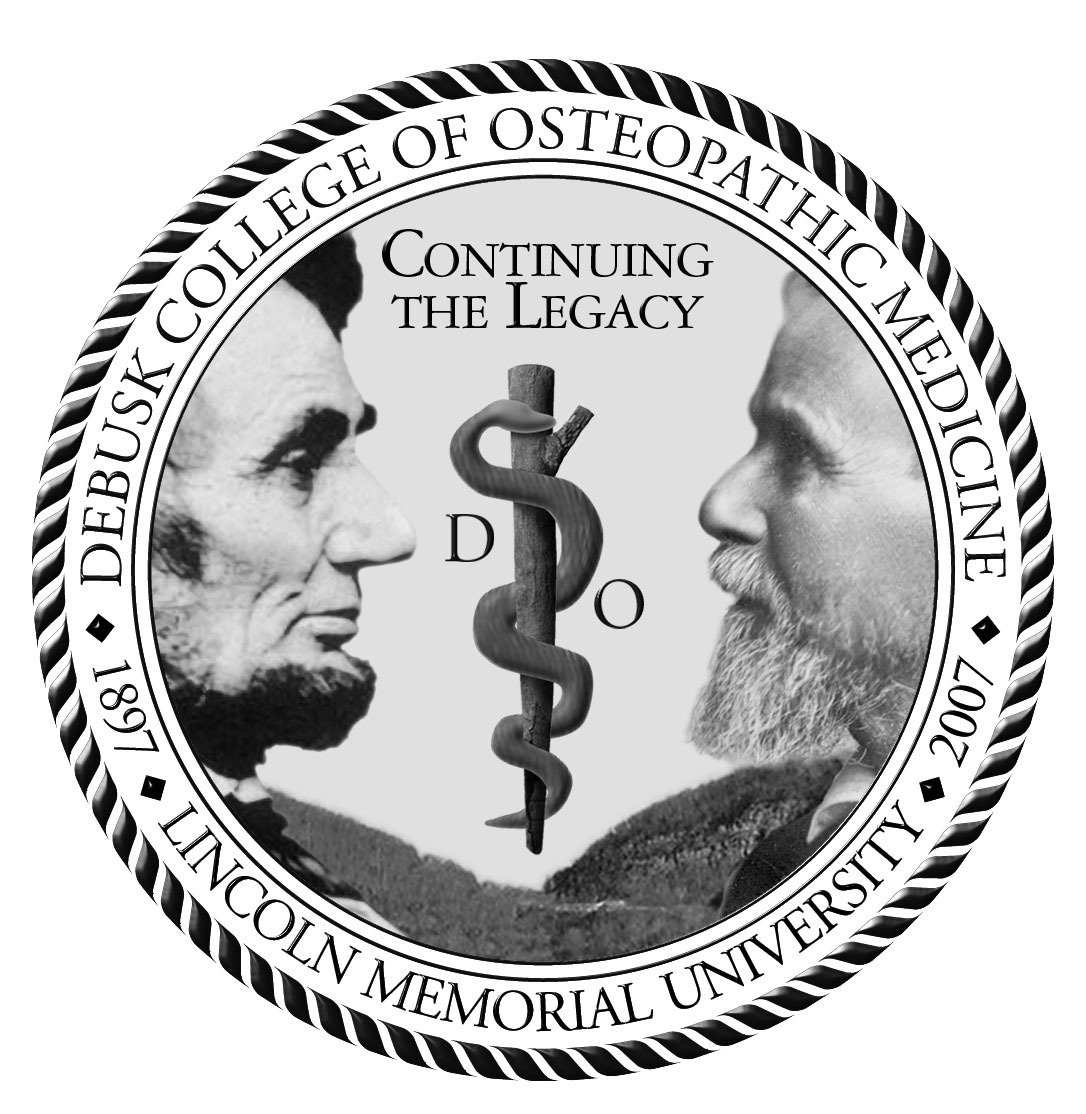
ACADEMIC REGALIA
The modern academic procession reflects traditions inherited from the medieval universities, where a member of the teaching guild was a Master of Arts and a bachelor was an apprentice. Long robes and warm hoods served to protect scholars from the cold in drafty rooms and corridors. As a token of privilege and responsibility, the master wore a warmer and more distinguished costume than the bachelor, and a doctor might wear a hood lined with fur. While this is no longer everyday apparel, it is worn on significant academic occasions to symbolize the world of scholarship. In the commencement ceremony, the new graduates are visibly received into the community of scholars, taking their place in the great traditions of academic life. The dignity and meaning of academic costume are protected by careful regulation. In the United States, nearly all institutions adhere to a national code adopted in 1895 and revised in 1932.
Click on each regalia article or the + below to expand the section for more information. Click again to collapse the section.


